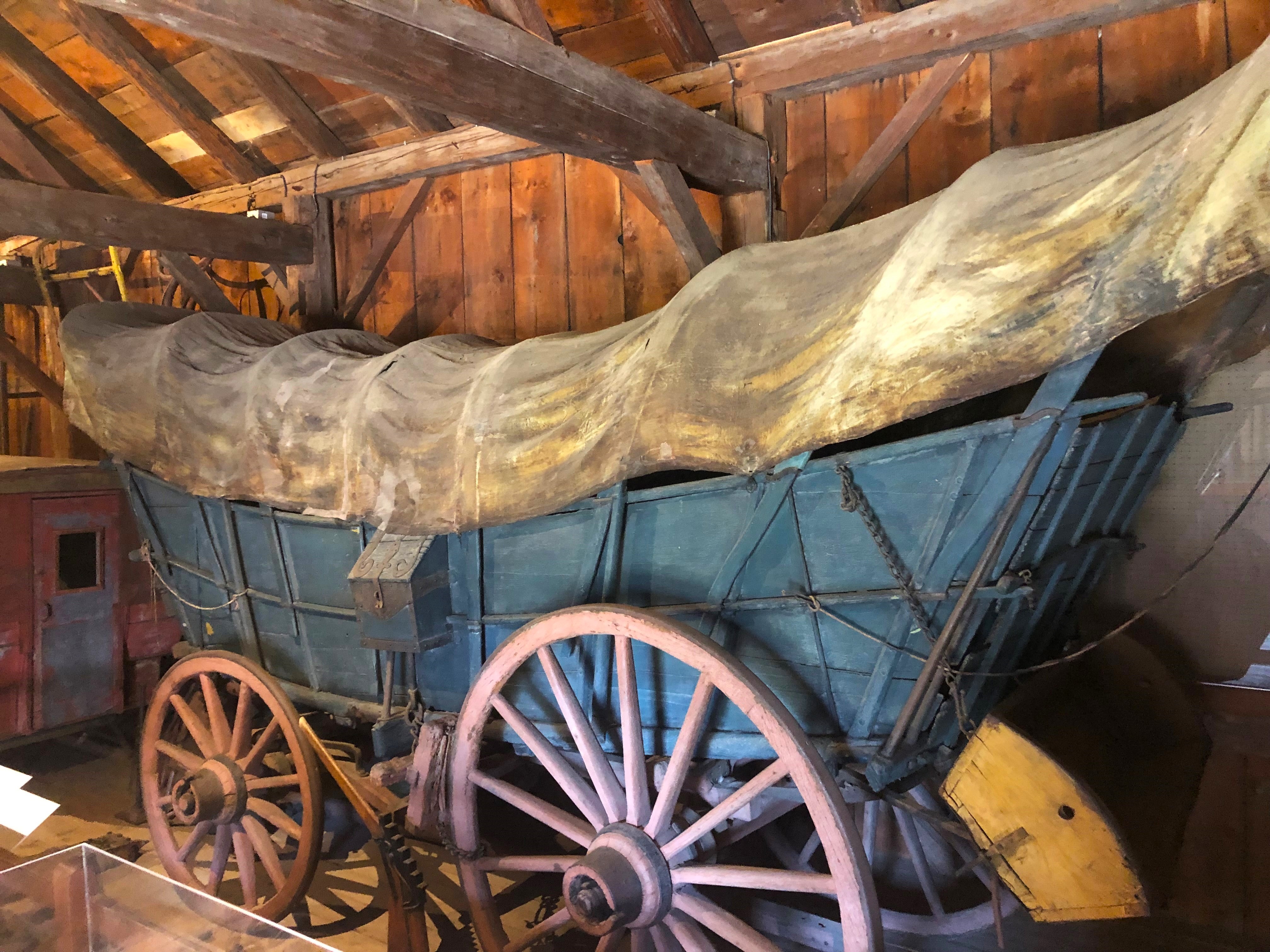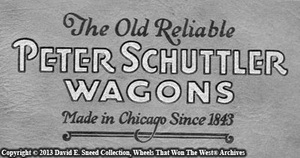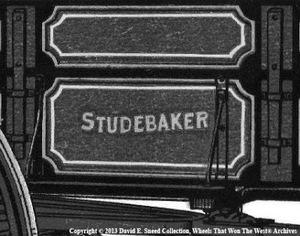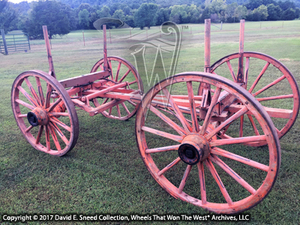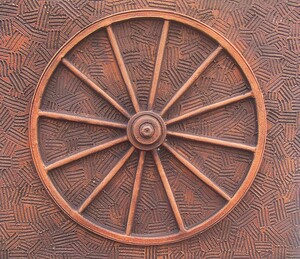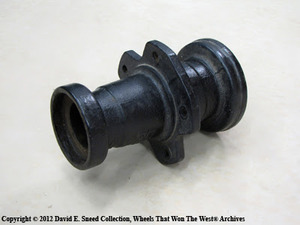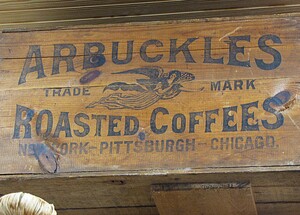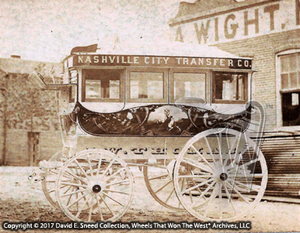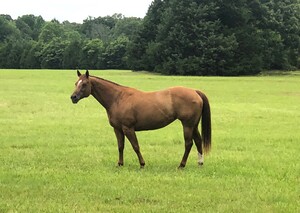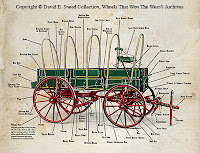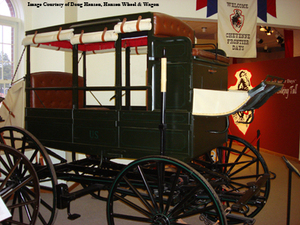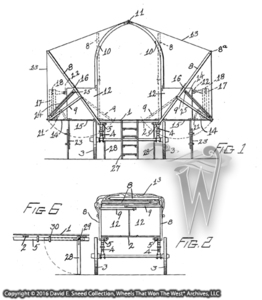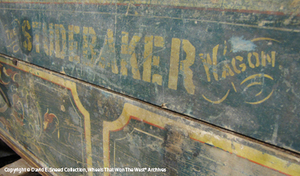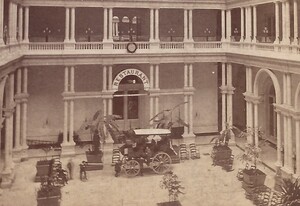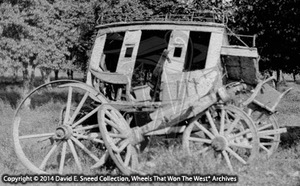Travel. That's the crux of the transportation industry and it's what you'll need to do if you want to see some of the rarest wheels from America's horse-drawn era. As part of my own research ventures, I've been fortunate to visit countless museums all over the U.S; from the Smithsonian exhibits in Washington, D.C. to numerous settings in California and a host of places in between.
While I often talk about 'western' destinations, the truth is that prior to the mid-1800's, areas referred to as 'the West' were predominantly east of the Mississippi river! With that in mind, there are some great places to visit and document original vehicles that are located in the eastern half of the U.S.

This view, provided by the Shelburne Museum, shows an overview of 'some' of the museum grounds.

The entrance to the vast grounds of the Shelburne museum.
One of those places is the Shelburne Museum in Shelburne,Vermont. Spread across a beautiful 45-acre complex, the museum boasts over 100,000 artifacts in 39 buildings on the site. The location is framed as a museum of art, design, and Americana. The relaxed, pastoral setting makes for an ideal, all-day excursion where folks can travel at their own pace, spending as much time as desired in numerous parts of the park. There's even a centrally located café to rest and regroup.
The 'Museum' is described as a "collection of collections" covering transportation, folk art, American paintings, Impressionist paintings, textiles, decoys, circus materials, decorative arts, Vermont firearms, over 20 gardens, a train, carousel, and a wide array of toys, dolls, and dollhouses. As part of the Americana collection, you'll be able to get up close to almost 200 wagons, stages, sleighs, hearses, and other specialty pieces. You'll find them in the Round Barn and Horseshoe Barn - both of which are historic structures as well. There's even a wagon on the deck of the huge Ticonderoga steamboat on the property.

The Ticonderoga was built in 1906 at the Shelburne Shipyard on Lake Champlain.

This rave-frame delivery wagon is on board the steamboat, Ticonderoga.
The vehicles I spent the most time reviewing were in the Horseshoe barn annex, a long wooden building positioned next to the main Horseshoe barn. While the lighting was dim, the vehicles appeared to be very solid condition. Don't let the unpainted, wooden exterior of this building fool you. There's a tremendous amount of valuable wheeled history inside. It was a privilege to see so much originality amongst light restorations.

This annex to the Horseshoe barn contains a wealth of U.S. transportation history.
Horse-drawn vehicles included within the different structures were...multiple Abbot-Downing Concord coaches, a circa 1849 Hearse, 1880 popcorn wagon, 1865 omnibus, 1910 school bus sleigh, and 1860 police sleigh. Other wood-wheeled creations on exhibit were an ice wagon, butcher's wagon, peddler's wagon, and a seemingly endless array of sleighs, carriages, and buggies. There was even a Traverse from near the turn of the 20th century. Far from the SUV by the same name, this rig is a long, narrow toboggan-style ride with runners for sliding over ice and snow. It's like a giant fun machine for the entire neighborhood of kids and adults.

A Concord Coach believed to have been built around 1852.


This Conestoga freighter was built circa 1837 for McGraham White of Chester County, Pennsylvania.

A close-up image of the toolbox on the Conestoga.

A large variety of jacks are also on display.
One of the more dramatic wagons to take in is an 1830s-era Conestoga. Once you're standing next to one of these huge freighters, it's easier to understand the complexities of and differences in vehicle design. It also serves as a reminder of the sheer determination it took to haul freight through unimproved roads and trails of 18th and 19th century America.

The Milburn Wagon Company dates to 1848 in Mishawaka, Indiana. The firm later moved to Toledo, Ohio.
In the same annex, there's a Milburn brand farm wagon. Built in Toledo, Ohio, the brand's history can be traced to 1848. Not only was this company a significant builder of farm wagons but they also manufactured their share of log trucks (wagons), heavy special wagons, delivery wagons, both heavy and light spring drays, spring wagons of various patterns, a full line of buggies, and some light carriages. At one point, Milburn was producing around 600 wagons per week. That's one full wagon finished almost every 10 minutes. Pretty impressive production for the 1800s! It's just the kind of statistic that helps reinforce how efficient the production processes of many of these mega-sized wagon firms truly were. It also puts to rest any misconception that these folks were limited to crude hand tools and inconsistent design standards. One other note about Milburn, they were one of the few wagon companies that, for a time, successfully built automobiles. During the teens and early 1920's, Milburn was known for the electric cars they manufactured. President Woodrow Wilson was also an owner of a Milburn electric vehicle.
As intriguing as all of the period wagons might be, there's another transportation piece that's among the rarest of finds in the annex. Behind the Milburn wagon is an ultra-rare and likely, one-of-a-kind piece of transportation advertising. The massive backdrop is an original painted Milburn sign and may have been part of a show, fair, or exhibition display. It's a remarkable piece of art and advertising.

This handpainted sign is huge and is an exceptionally rare survivor. Most large advertising displays from the horse-drawn era have not survived. This one was found in Pennsylvania. It was likely built especially for a special event, fair, or exposition.
So, if you're traveling into the northeastern portions of the U.S. and looking for a place the entire family can enjoy (while also getting up close to a world of early American vehicles), the Shelburne museum is well worth your time. As a side note, the 2024 season is drawing to a close as they wrap this year up on October 20th. For more information on the exhibits, collections, location, and other details, visit their website at https://shelburnemuseum.org/




This excursion wagon is attributed to Abbot-Downing and is believed to date to around 1890. It was used at the Mount Pleasant Hotel in Crawford Notch, NH.
Ps. 20:7
